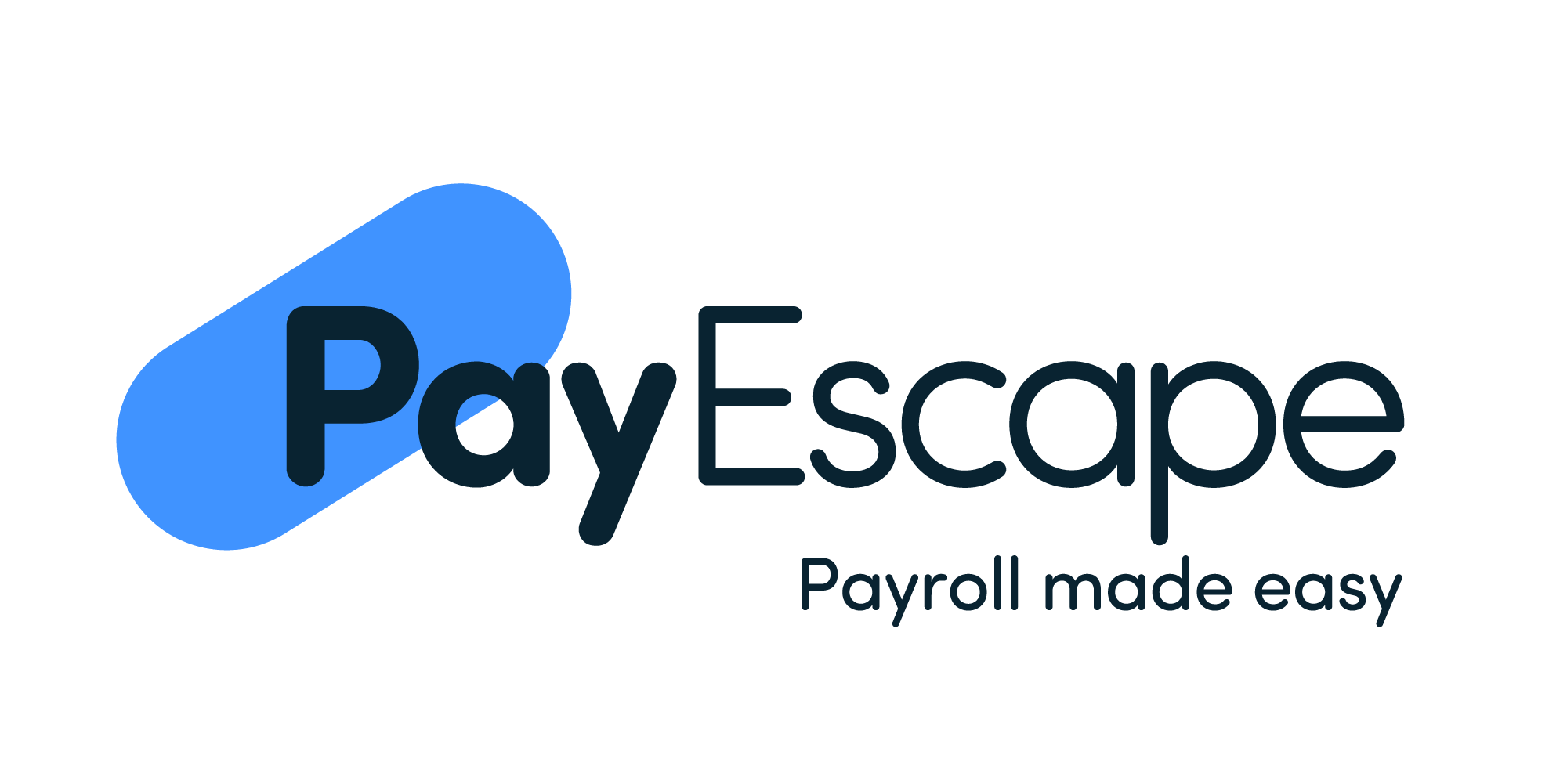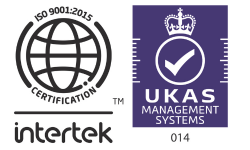What is a tax code?
A tax code is a crucial component of the UK’s PAYE system. It dictates the amount of income tax an employer should deduct from an employee’s earnings before they are paid. Tax codes ensure the correct tax amount is withheld, monthly and annually aligning with the employee’s salary.
Cloud-Based Payroll Software
Cloud-based payroll software operates by utilising cloud computing technology.
Managed Payroll Services
Opt for a fully managed payroll service by outsourcing the entire payroll process to PayEscape
Integrated HR and Payroll
PayEscape’s integrated HR and payroll software combines powerful HR functionality with robust payroll capabilities.
What is PAYE and how does it work?
PAYE (Pay As You Earn) is the system used by HMRC to collect income tax and National Insurance contributions from employees’ pay as they earn it. Here’s how it works:
- tax due is calculated on the total taxable earnings in the tax year to date
- any personal tax allowances are apportioned over the tax year
- tax charged that period is the difference between the total tax due and the tax paid to date
HMRC may sometimes issue a notice of coding to be applied on a ‘week/month 1’ basis (i.e. non-cumulatively). If this were to happen then the employee’s tax is calculated by reference to the current tax period only. Previous earnings and tax paid in the current tax year are ignored. Knowing what your businesses PAYE and tax codes for each employee is important.
Tax allowances
Everyone is entitled to certain tax allowances that reduce the amount of income subject to tax. These allowances vary based on individual circumstances. For instance, the Marriage Allowance, introduced in April 2015, allows a spouse or civil partner to transfer a portion of their personal allowance to their partner if both are basic rate taxpayers. HMRC will then inform employers of the revised personal allowances.
How tax codes are allocated
Employers receive tax codes for their employees through various methods:
- Form P45: When an employee joins a new company, this form provides their existing tax code.
- HMRC Notices: HMRC issues a ‘notice of coding’ (P2 or P6 and P9 for employers) to update tax codes as needed.









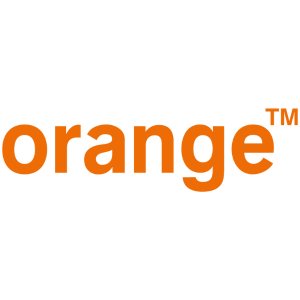


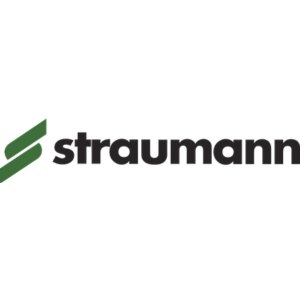
Need help to understand what solution is best for your business?
Speak with our expert team today on 028 2764 1060
PayEscape’s full guide to tax codes in the UK
In the UK, every individual paid under the Pay As You Earn (PAYE) scheme receives a tax code, typically composed of a combination of numbers and a letter suffix, although there are also various ‘non-standard’ codes. These tax codes, such as 1257L, 1250M, and K475, are essential for calculating the amount of tax-free income an employee can earn annually before being taxed.
The numeric part of the tax code determines the annual tax-free allowance, calculated by multiplying the number by 10. For example, if an employee has a tax code of 1257L and earns £30,000 per year, their annual tax-free allowance is £12,570. Consequently, their taxable income would be calculated as follows: £30,000 minus £12,570 equals £17,430.
When a tax code starts with the letter ‘K’, it indicates that the total deductions exceed the allowances. In such cases, the number following the ‘K’ is added to the income to determine the taxable amount. For instance, with a tax code of K475, an employee earning £30,000 would have a taxable income of £34,750 (£30,000 + £4,750).
The letter suffix in the tax code provides additional context about the employee’s tax situation. For example, ‘L’ is used for most people born after 5 April 1948 with no other untaxed income or benefits. The code 1257L is the standard for the current tax year, reflecting the personal allowance of £12,570.
Common tax codes and their meanings
Tax code L
Entitled to the standard tax-free Personal Allowance.
Who needs it: Most individuals with straightforward tax affairs.
Tax code M
Received a transfer of 10% of a partner’s Personal Allowance (Marriage Allowance).
Who needs it: Individuals whose partner has transferred a portion of their Personal Allowance to them.
Tax code N
Transferred 10% of Personal Allowance to a partner.
Who needs it: Individuals who have transferred a portion of their Personal Allowance to their partner.
Tax code T
Indicates complex tax affairs or income over £100,000, which requires HMRC review.
Who needs it: Individuals with complex tax situations or high income.
Tax code 0T
No personal allowance; typically used when starting a new job without complete tax details.
Who needs it: Individuals starting a new job where the employer lacks complete tax details.
Tax code BR
All income taxed at the basic rate, often used for second jobs or pensions.
Who needs it: Individuals with second jobs or pension income.
Tax code D0
All income taxed at the higher rate.
Who needs it: Individuals earning enough to be taxed at the higher rate.
Tax code D1
All income taxed at the additional rate.
Who needs it: High earners taxed at the additional rate.
Tax code NT
No tax to be deducted; used only upon HMRC’s instruction.
Who needs it: Individuals instructed by HMRC that no tax should be deducted.
Tax code S
Indicates Scottish rate taxpayers.
Who needs it: Individuals whose main place of residence is in Scotland.
Tax code C
Indicates Welsh rate taxpayers.
Who needs it: Individuals whose main place of residence is in Wales.
Tax code S0T
Meaning: Your Personal Allowance (Scotland) has been used up, or you’ve started a new job and your employer does not have the details they need to give you a tax code.
Who needs it: Scottish residents with no remaining Personal Allowance or new job without complete tax details.
Tax code SBR
All your income from this job or pension is taxed at the basic rate in Scotland (usually used if you’ve got more than one job or pension).
Who needs it: Scottish residents with multiple jobs or pensions.
Tax code SD0
All your income from this job or pension is taxed at the intermediate rate in Scotland (usually used if you’ve got more than one job or pension).
Who needs it: Scottish residents with multiple jobs or pensions taxed at the intermediate rate.
Tax code SD1
All your income from this job or pension is taxed at the higher rate in Scotland (usually used if you’ve got more than one job or pension).
Who needs it: Scottish residents with multiple jobs or pensions taxed at the higher rate.
Tax code SD2
Meaning: All your income from this job or pension is taxed at the advanced rate in Scotland (usually used if you’ve got more than one job or pension).
Who needs it: Scottish residents with multiple jobs or pensions taxed at the advanced rate.
Tax code SD3
All your income from this job or pension is taxed at the top rate in Scotland (usually used if you’ve got more than one job or pension).
Who needs it: Scottish residents with multiple jobs or pensions taxed at the top rate.
Tax code C0T
Your Personal Allowance (Wales) has been used up, or you’ve started a new job and your employer does not have the details they need to give you a tax code.
Who needs it: Welsh residents with no remaining Personal Allowance or new job without complete tax details.
Tax code CBR
All your income from this job or pension is taxed at the basic rate in Wales (usually used if you’ve got more than one job or pension).
Who needs it: Welsh residents with multiple jobs or pensions.
Tax code CD0
All your income from this job or pension is taxed at the higher rate in Wales (usually used if you’ve got more than one job or pension).
Who needs it: Welsh residents with multiple jobs or pensions taxed at the higher rate.
Tax code CD1
All your income from this job or pension is taxed at the additional rate in Wales (usually used if you’ve got more than one job or pension).
Who needs it: Welsh residents with multiple jobs or pensions taxed at the additional rate.
Emergency tax code
HMRC issues an emergency tax code for each tax year. It is the code that, in practice, provides the basic personal tax allowance. The emergency code is often, but not always, applied on the non-cumulative basis and commonly used for new starters who have not provided a form P45 bearing a valid tax code.
Book your demo now.
Need help to understand what solution is best for your business? Speak with our expert team today on 028 2764 1060
"*" indicates required fields
Using our cloud-based software we manage all aspects of your payroll process. From calculating your payroll taxes and filing with HMRC to managing all components of auto enrolment and so much more. Whether it’s reimbursement or pre-tax benefits we’ve got it covered.
Our HR platform lets you manage all aspects of your HR administration. With HR Escape can approve and monitor holiday, record working time and calculate wages, allocate time and staff expenses to clients, projects, and activities, and much more.

